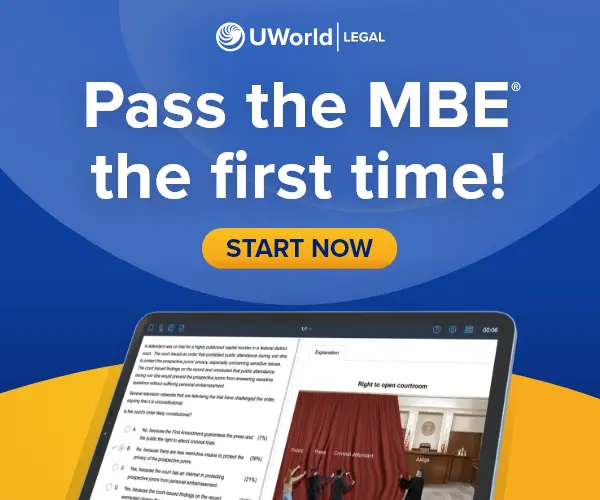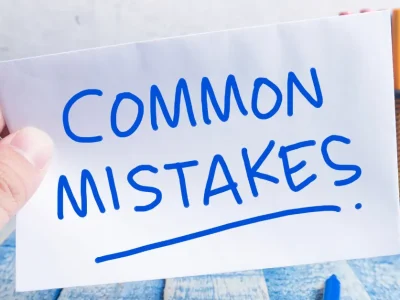The MBE® often tests students on the differences between trespass to chattels and conversion. These two intentional torts are often confused because they both relate to the wrongful taking of another’s personal property. However, the key distinction is the level of interference with that property.
Trespass to chattels is a minor interference with another’s chattel (i.e., personal property that is neither real property nor connected to real property). This allows the plaintiff to recover only actual damages caused by the intentional interference with the plaintiff’s chattel through dispossession, use, or intermeddling (e.g, repair costs, loss of use).
Conversion is a serious interference with another’s chattel. The intentional exertion of dominion and control over the chattel must be so substantial that the plaintiff should recover the full value of the chattel. This value is measured by the fair market value of the chattel at the time and place of conversion.
The following image helps illustrate the relationship between these two torts:

To determine whether the level of interference is serious enough to constitute a conversion, courts consider the following factors (HAGRID):
- The degree of Harm done to the chattel
- The defendant’s intent to Assert a right inconsistent with the plaintiff’s right of control
- The defendant’s Good faith
- The extent and duration of the Resulting interference with the plaintiff’s right of control
- The degree of Inconvenience and expense caused to the plaintiff
- The extent and duration of the defendant’s Dominion and control over the chattel
We hope that you Harry Potter fans will use this tip when answering practice questions in the UWorld MBE® QBank. Avail our 7 day free trial or purchase a subscription.
MBE® is a registered trademark of The National Conference of Bar Examiners® (NCBE®). NCBE does not endorse, promote, or warrant the accuracy or quality of the products or services offered by UWorld Legal.




